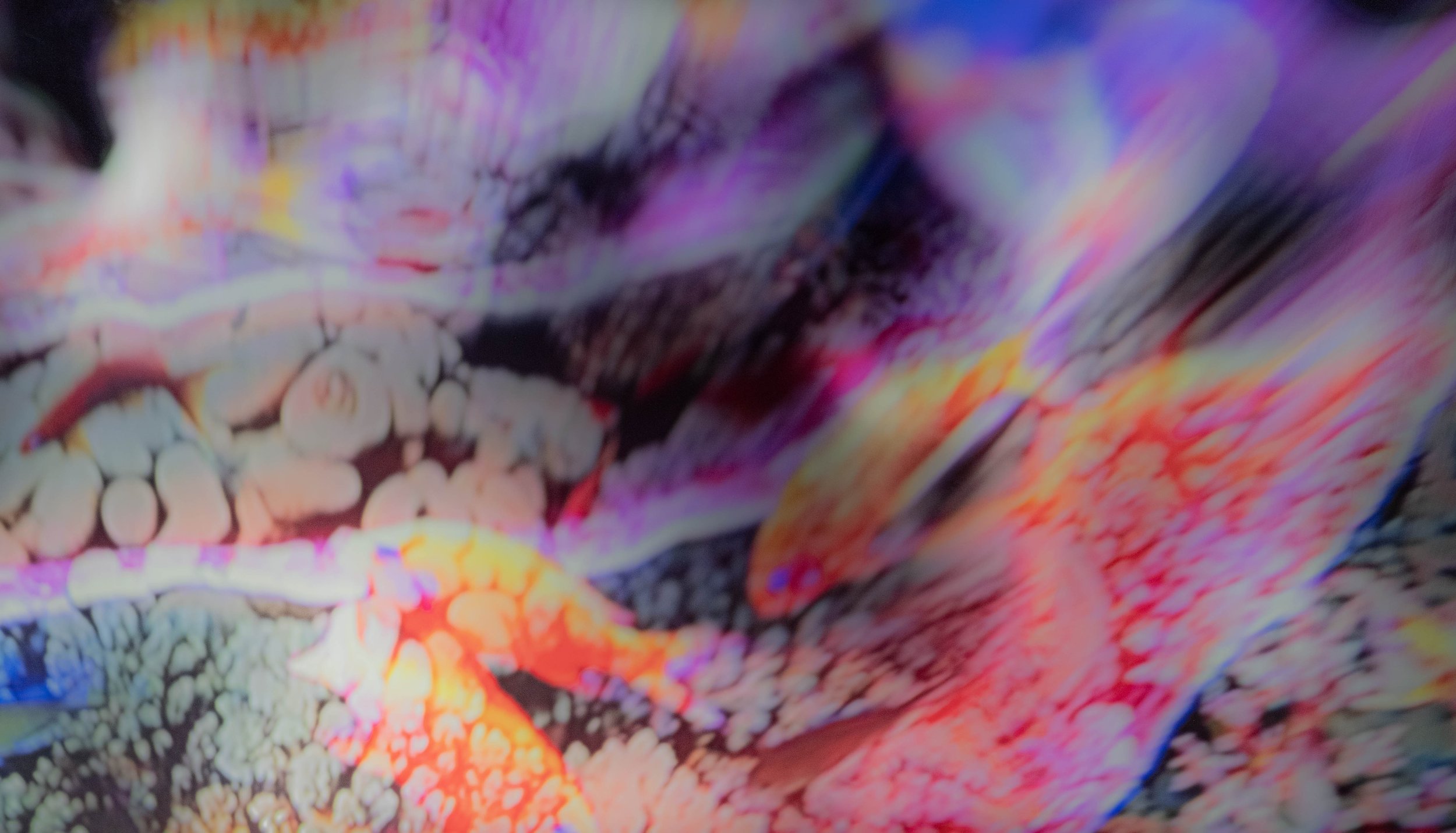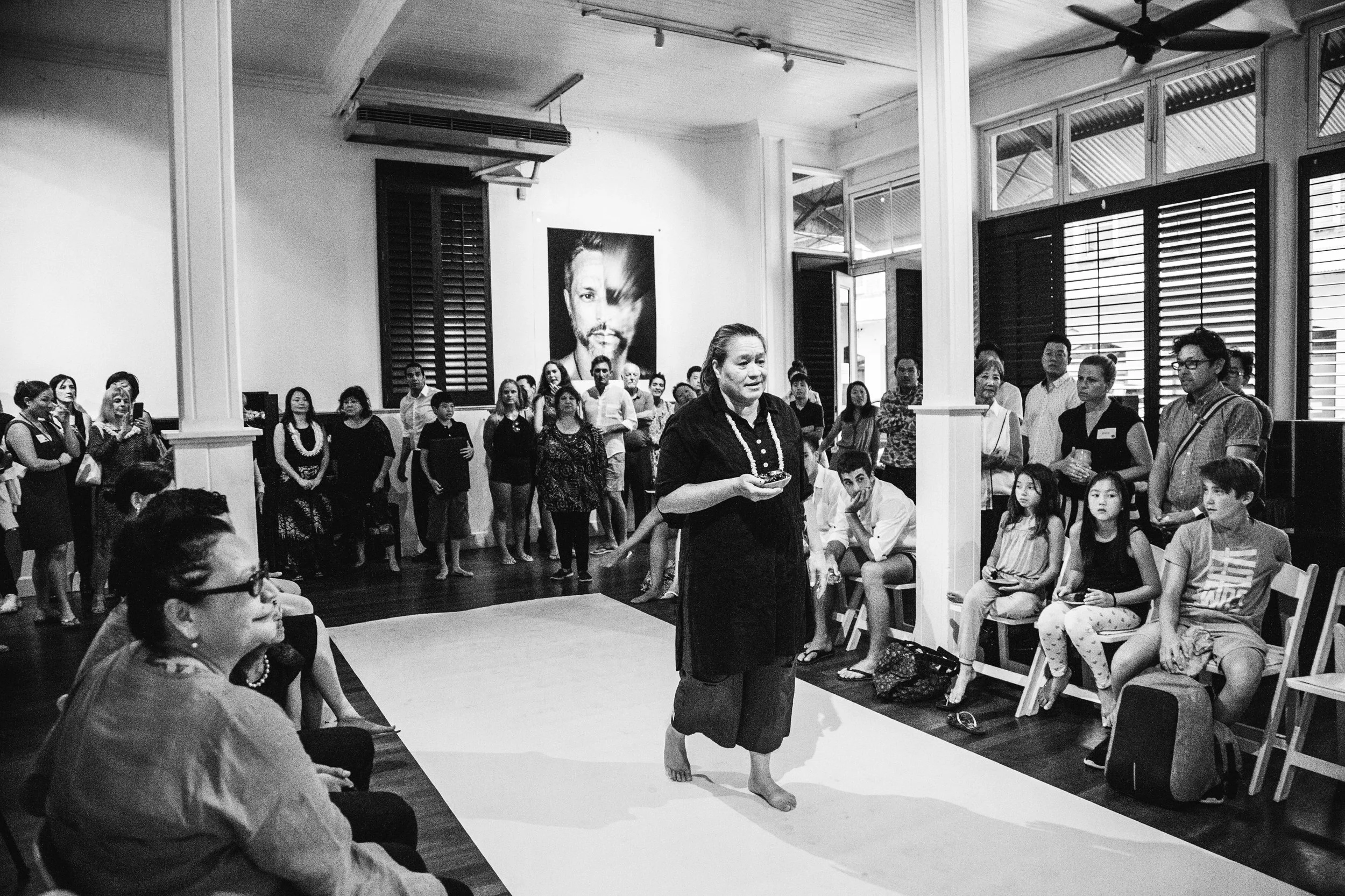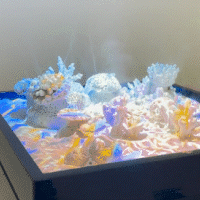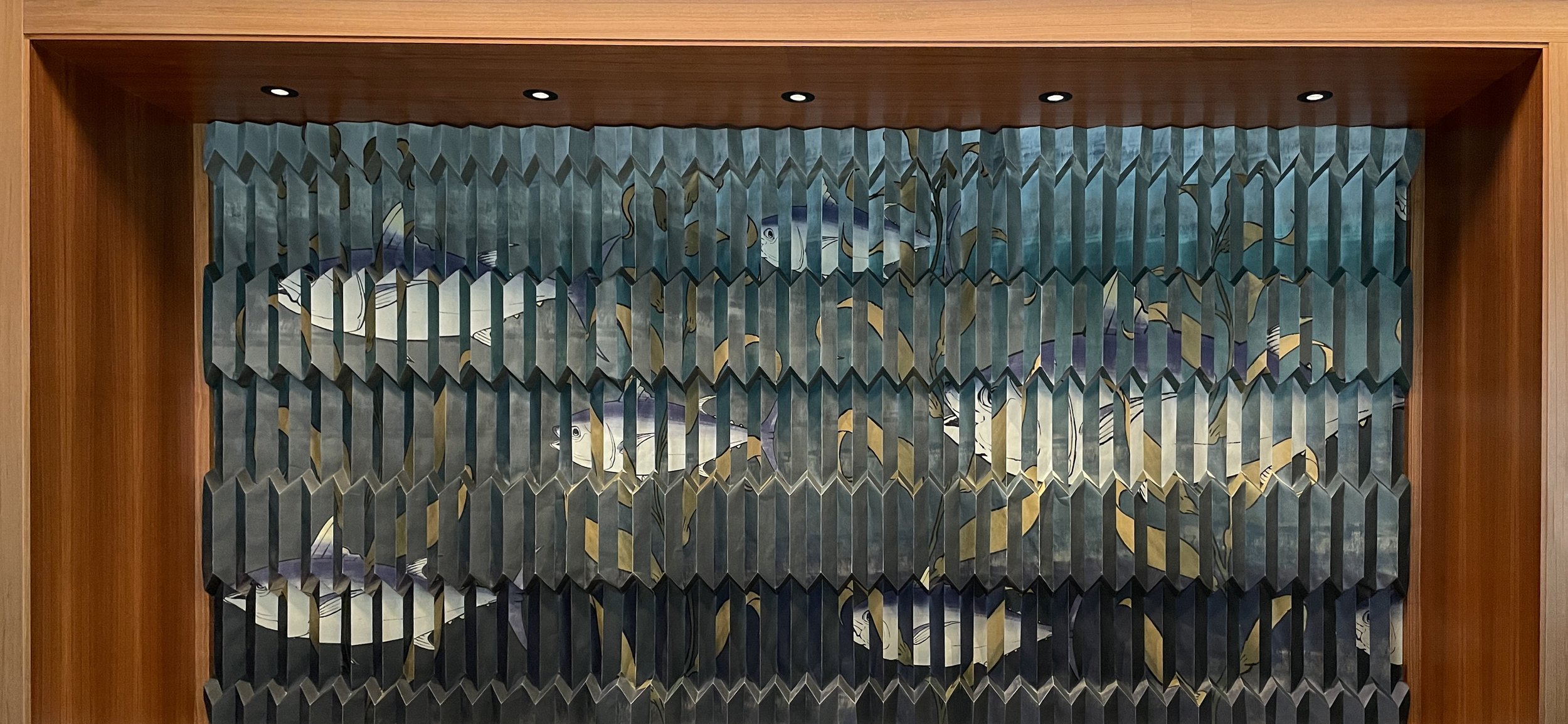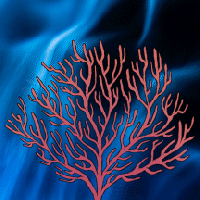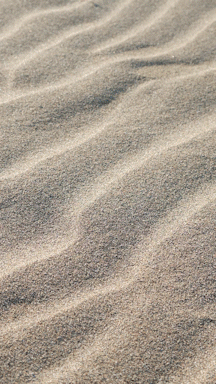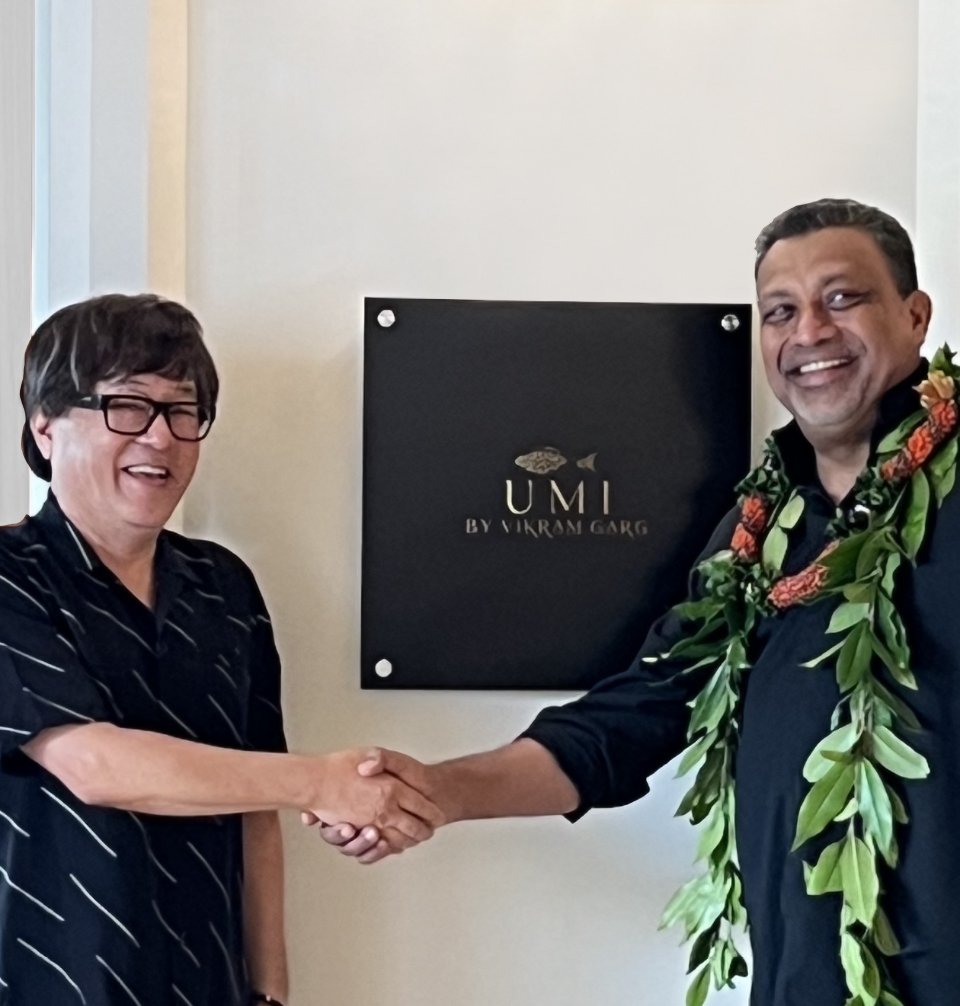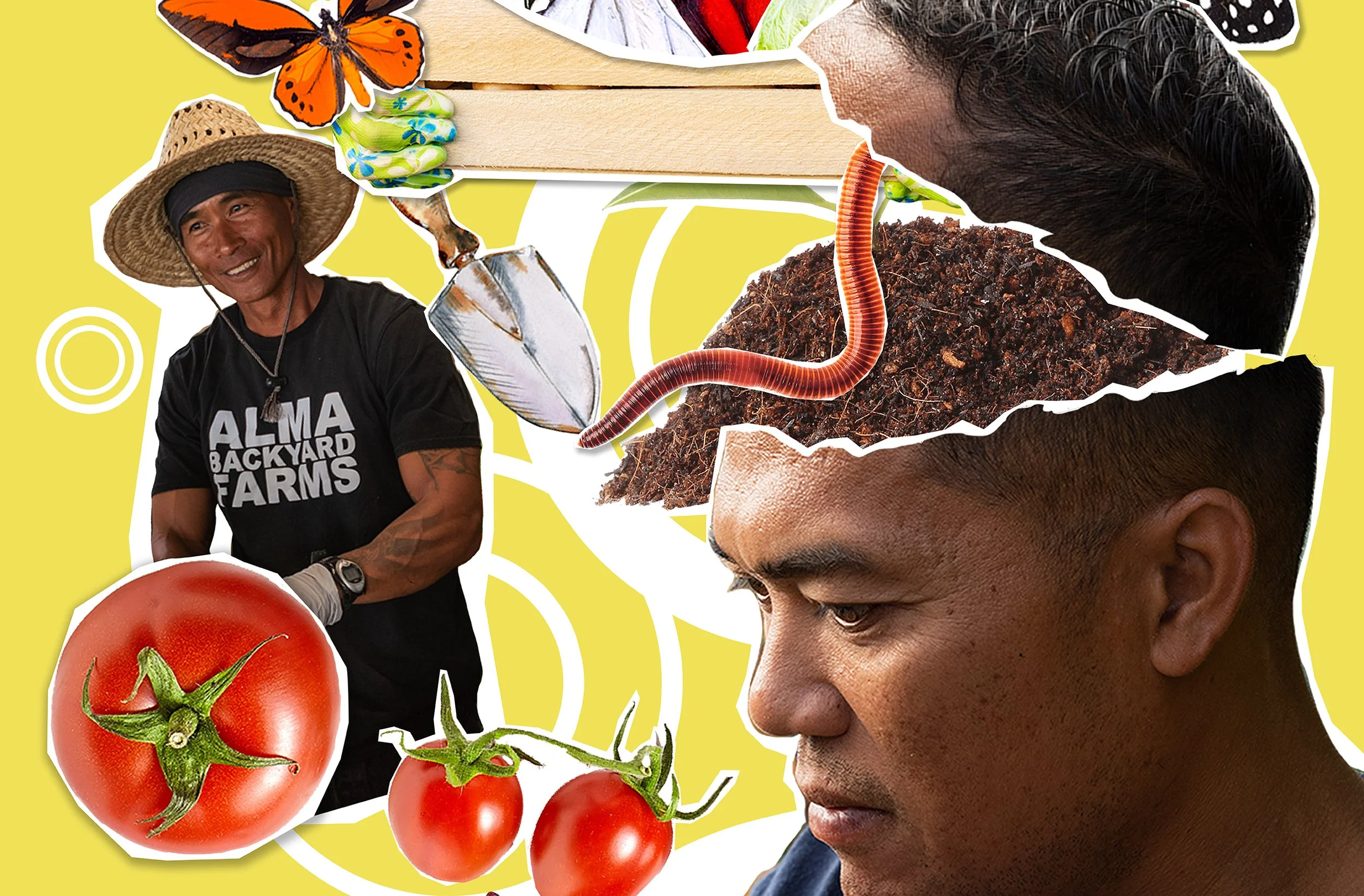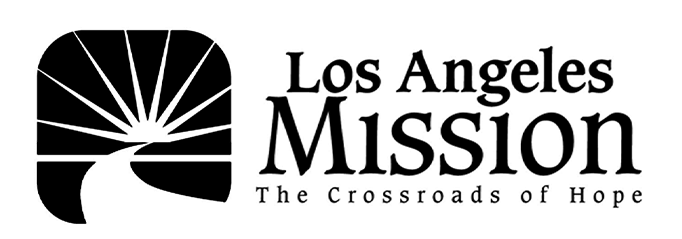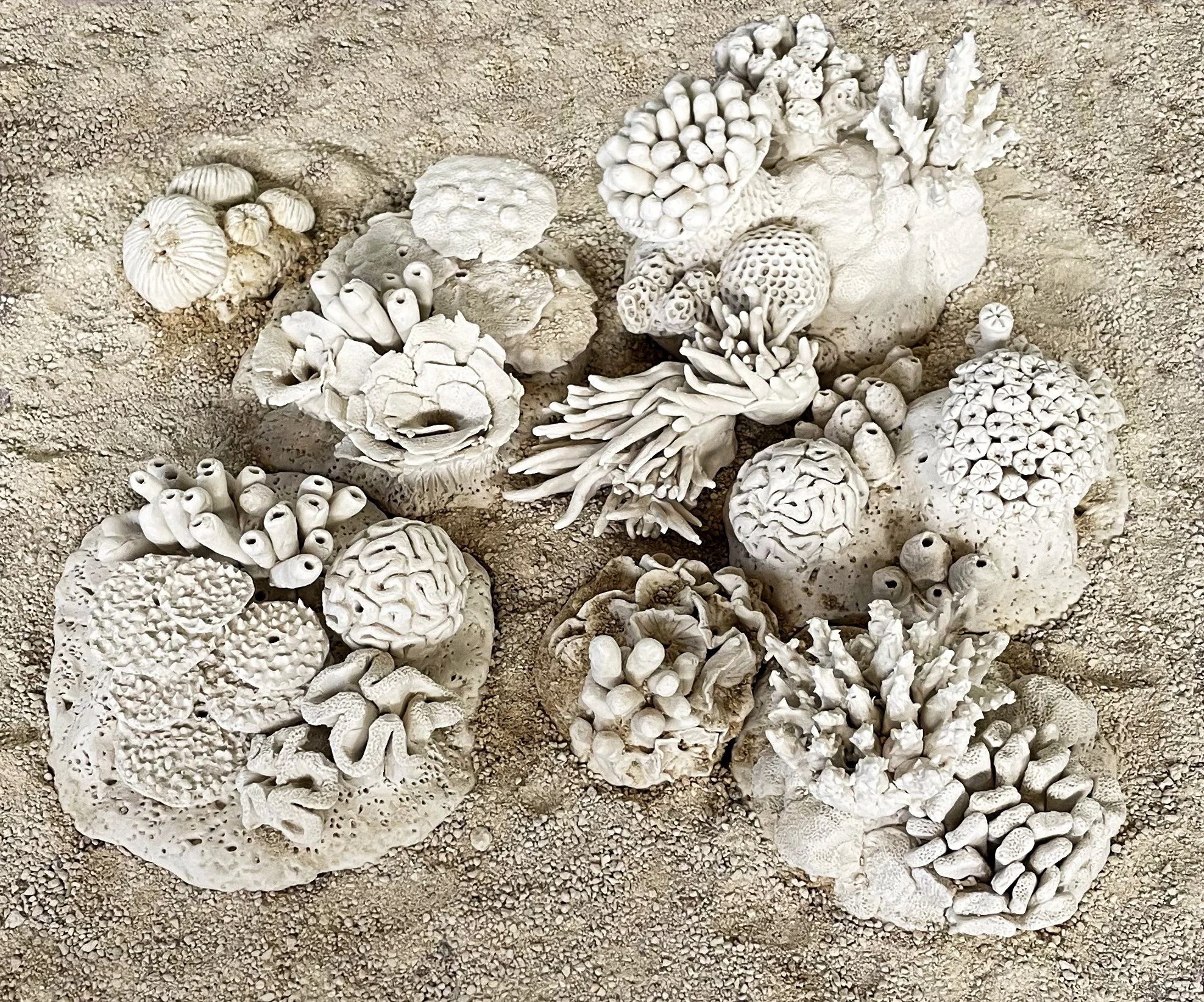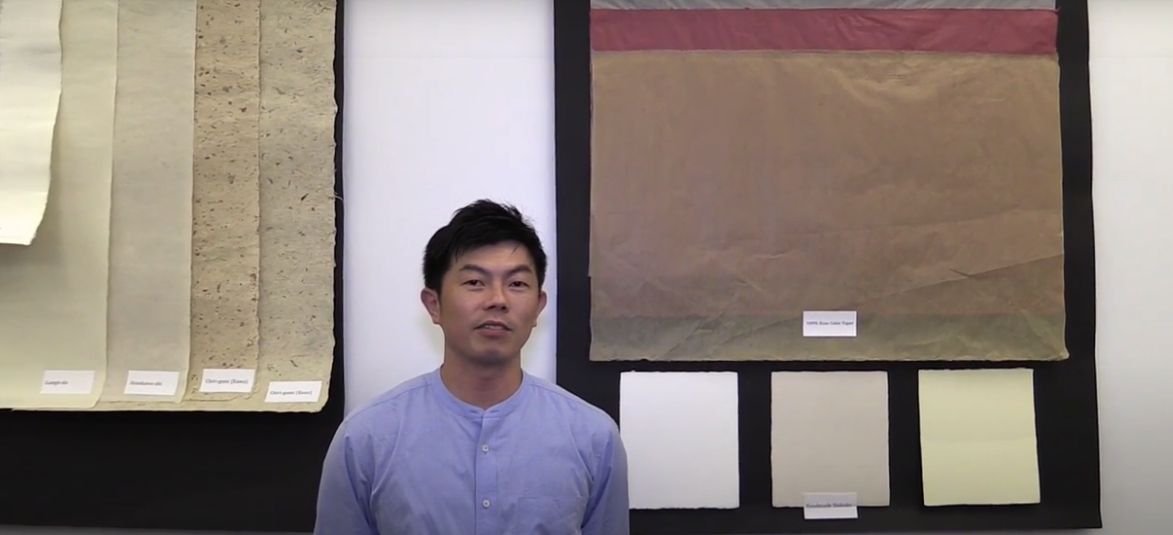Los Angeles, CA (January 10, 2022) - Ever using his artistic platform to discuss topics surrounding the longevity of the planet and quality of life for its inhabitants, multimedia artist Taiji Terasaki unveils his latest project, a thoughtful and deeply important mural, “Recipes to Nourish Communities” Terasaki highlights the importance of nourishing the local Los Angeles community. The mural, executed on aluminum panels and mounted to the exterior of the Mural Conservancy of Los Angeles’ (MCLA) space at 260 S. Main St., is a large collage of images that elevate the profile of five organizations/artists committed to providing access to fresh and nutritious ingredients in their corners of LA.
Acknowledging that food systems and the environment are intrinsically connected, with modern-day modes of consumption having a profound effect on climate change, Terasaki reconsiders how society can balance culinary habits with the natural world. Food as a means to create positive change has long been a captivating idea for the Honolulu-based artist. In previous works he has investigated the connections between food systems and climate change in Hawai’i, as well as the repercussions of Covid-19 on the Islands’ precarious agricultural supply chains.
Following his well attended show at the Japanese American National Museum (JANM), Terasaki expands on his art as activism to bring these topics to life. As a foodie and chef himself, Terasaki easily melds food into art, viewing both as a form of creation. Nourishing those around him with both art and nutrition, the artist furthers the conversation about social justice and access to resources. With food insecurity facing so many both in the greater LA area and at large, Terasaki takes this opportunity to debut an ongoing and rotating mural project spanning 2 years at the MCLA location, relaunching its program after their recent hiatus, and rallying like-minded viewers around the importance of sustenance.
MCLA Co-founder Bill Lasarow endorses the importance of Terasaki’s achievement and its relevance to MCLA’s mission. “We launched MCLA in the late-80s to preserve a portfolio of legacy murals. Following the recent Covid pandemic as well as social and political crises that have shaken and reshaped the art community, Los Angeles, indeed America, Taiji’s mural provides an ideal opening statement to the new iteration of MCLA. If our renewed support for the beautiful murals and street art that enhance the appearance and vitality of Los Angeles remains central to our mission, we must also embrace opportunities to make our city more livable and humane in other ways as the opportunities present themselves. Recipes to Nourish the Communities kicks that door open. Collaborative change charged by the creative genius of artists such as Taiji—and the subjects he has selected for this project—is the advance wave of that better future.”
Featuring local activists and artists Alma Backyard Farms, Ron Finley, Fallen Fruit, and the LA Mission the mural explores different modalities of providing nourishing help. From Fallen Fruit’s planting of fruit trees for anyone to enjoy, to Ron Finley’s gardening commitment and march in DC for National Food Day, each organization promotes food equity and security, their mission amplified through Terasaki’s public work.
The mural will be designed to invite neighborhood residents and Downtown Los Angeles visitors to download recipes and view interviews via augmented reality. With the introduction of AR and technology within the piece, made possible by Future Arts, he brings this groundbreaking metal mural to new audiences. Situated at ground-level, the mural will be a focal point for the neighborhood.
“Recipes to Nourish Communities urges people to view food as a source of nourishment for the body and mind, rather than just a means to survive. This nourishment of the body is a direct exchange with the environment– we must give back what has been given to us. This raises the question: How do we ensure that our food choices can have a beneficial effect on our society and our planet?”
With the mural, its AR component, and a companion talk at the JANM (date and details soon to be announced), this 2023 debut ignites an important conversation complete with actionable ways to contribute to a more sustainable and sustenance-filled Los Angeles.
About Taiji Terasaki
Taiji Terasaki is a multimedia artist based in Honolulu, Hawai’i. Growing up in a family of scientists and creatives, with a formal arts education, he has spent years exploring avant-garde innovations in his craft, working in photography, sculpture, immersive and large-scale installations, and pioneering mediums like mist projections on canvas.
Terasaki made his public debut in 2017 with REBIRTH at Honolulu’s Ward Center, and Edible Landscapes for the Trillenium in conjunction with Contact 3017: Hawai‘i in 1,000 Years at the Honolulu Museum of Art. Since then, Terasaki has been shown internationally in several group shows, most notably at the Curitiba Biennial in Brazil and Westwood Gallery in New York. His solo shows include Feeding the Immortals at the Ravizza Brownfield Gallery, Honolulu, Transcendients: Immigrant Stories of Place at Thomas Square, Honolulu (2019); Transcendients: Heroes at Borders, Transcendients: 100 Days of Covid-19, and Transcendients: Memorial to Healthcare Workers at the Japanese American National Museum, Los Angeles; and RESET/RESHAPE at the Schaefer International Gallery, Maui.
Terasaki holds a BFA from University of California, Irvine and studied in the MFA programs at Hunter College, NY and California State University, Long Beach.
Stay connected with the work of Taiji Teraskai by following the studio online at @taijiterasaki or by signing up for the studio's newsletter at www.taijiterasaki.com
About MCLA, the Mural Conservancy of Los Angeles
To mark the hosting of the Summer Olympic Games in 1984, the city of Los Angeles decided to create ten painted murals along the two main freeways leading up to the Olympic stadium. Over the years, many of these and murals fell into minor to significant disrepair. Rogue taggers began to vandalize public murals with graffiti on top of the existing artwork. Some murals were completely covered or destroyed as a result, resulting in a significant cultural loss for the city. When Kent Twitchell's "Freeway Lady" was painted over without notice in 1986, he and Bill Lasarow decided on the need for what became the Mural Conservancy of Los Angeles (MCLA). Thus founded in 1987, MCLA is a non-profit organization whose mission is to selectively restore, preserve and document the public murals that are located at various points around the City.
MCLA has cooperated with local and state agencies in selecting and conducting restorations, and also legislatively. In 2013 a multi-year effort culminated in passage of Los Angeles’ Mural Ordinance, designed to recognize and protect public murals as artistic assets distinct from forms of commercial signage such as billboards. The success of MCLA has led to the extensions of its work in the City. For example, MCLA collaborated with the organizers of the 2015 Special Olympic Games held in Los Angeles, with three new murals commissioned to celebrate those Games while simultaneously commemorating the 1984 Olympics.
Following a period of hiatus throughout the Covid pandemic, the City of Los Angeles generously provided MCLA with its new space downtown at 260 S. Main in order to renew the commitment to the preservation of key public murals.





